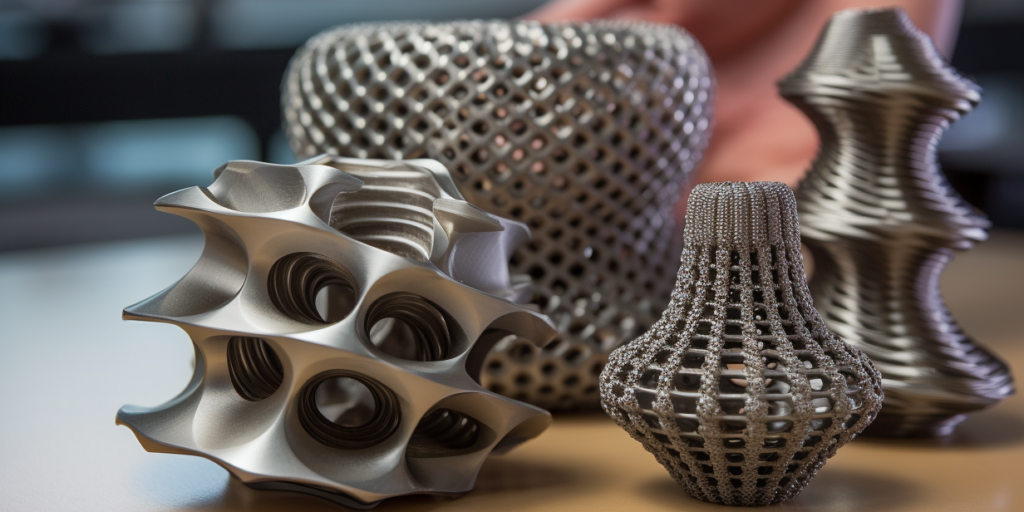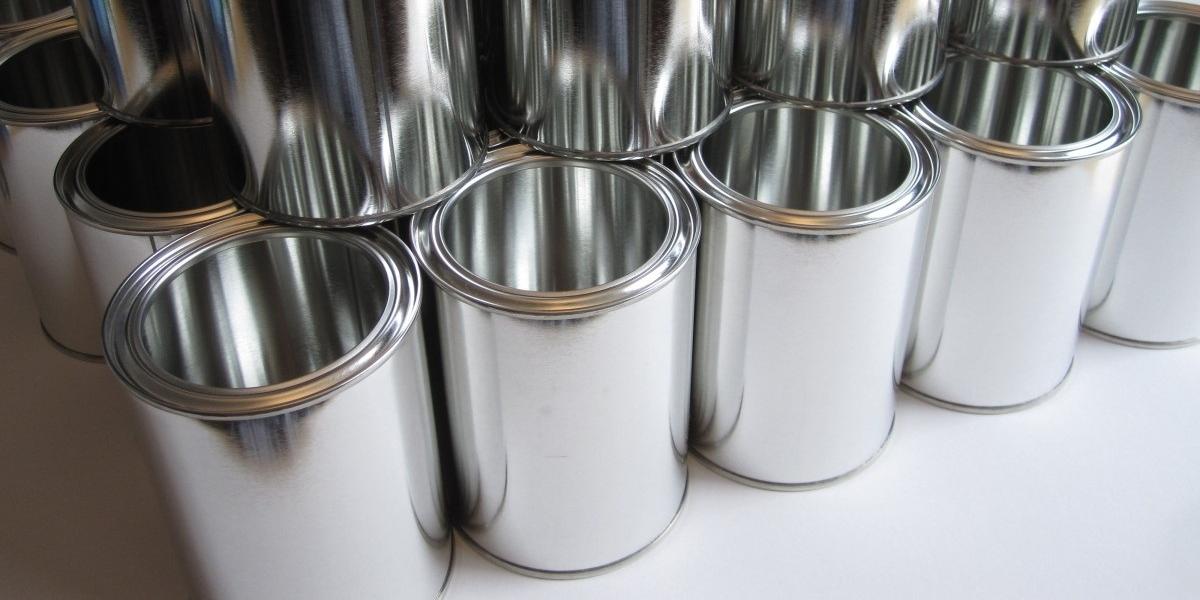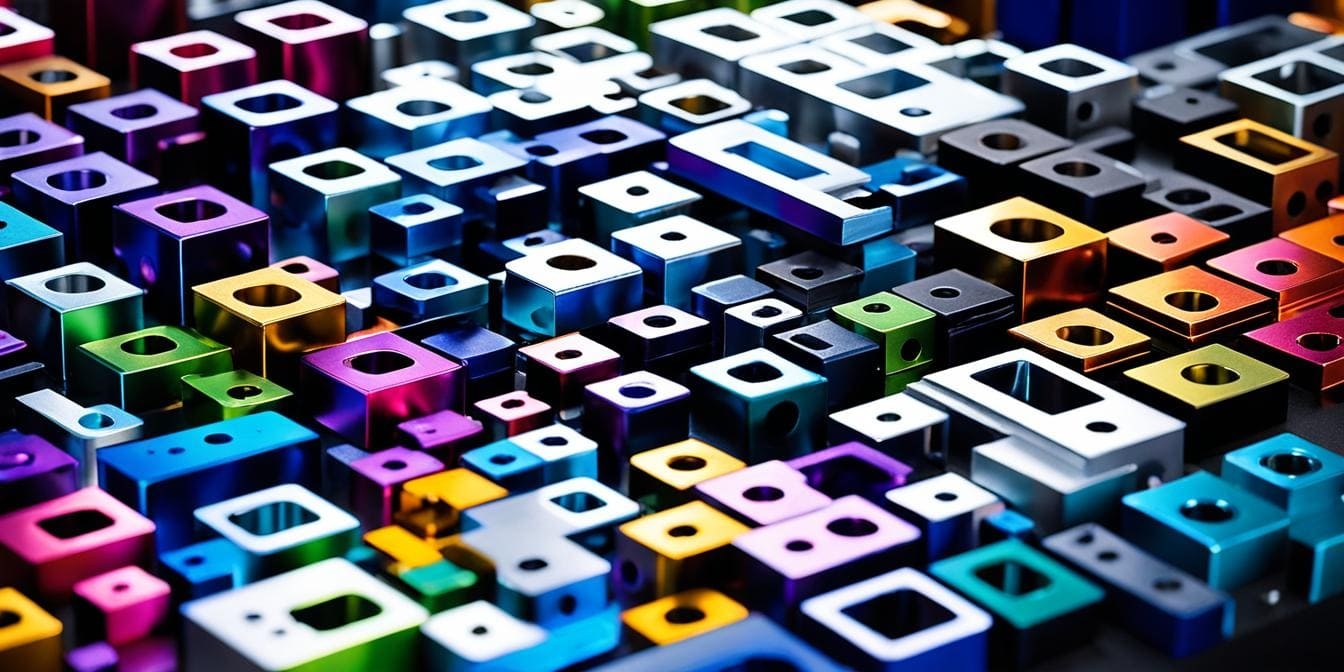Because of its exceptional physical and chemical stability as a polymer material, liquid silicone rubber (LSR) is widely used in a variety of industries.
This article will explain how it’s being made and its use in specific industries.
What is Liquid Silicone Rubber?
![]()
In this part, I’ll introduce you to some properties and natures of LSR, let you understand what it is and why is it different from other insulating materials.
Definition of LSR
Liquid Silicone Rubber is a form of silicone rubber that is processed with the help of liquid silicone injection molding machines.
If dive deeper and simpler, you can regard it as a type of synthetic rubber that can be easily poured into molds and cured at room temperature to form a flexible and durable rubber product.
Unlike traditional silicones, liquid silicon rubber does not require vulcanization or heat curing, making it ideal for use in applications where heat resistance is essential.
Properties of LSR that make it unique
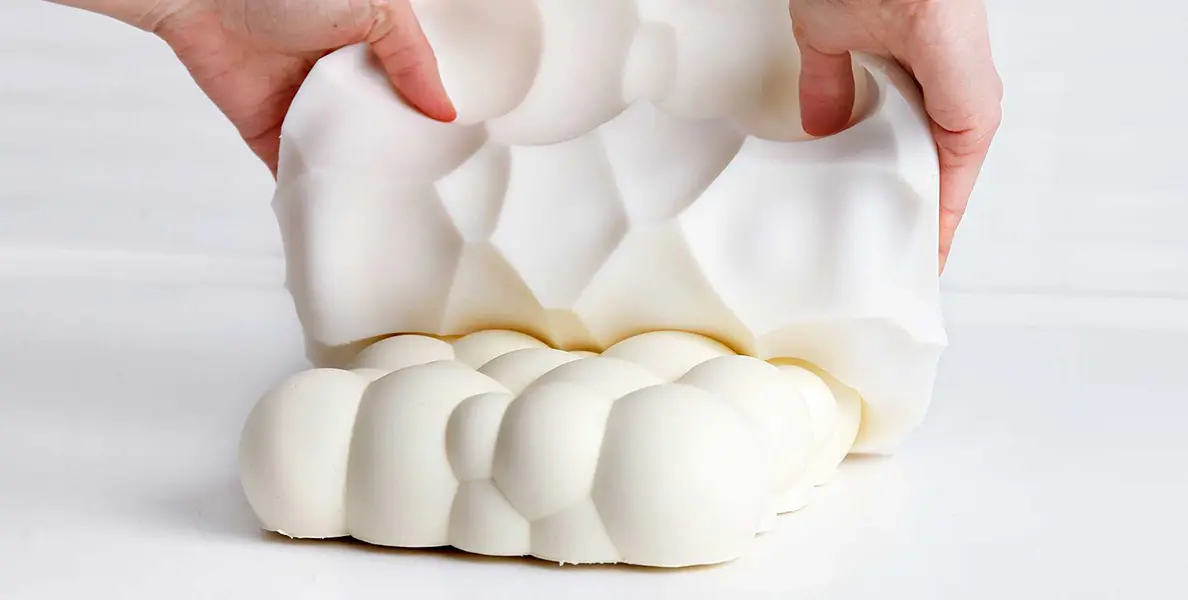
High-Temperaturetemperatures Resistance
One of the key characteristics of LSR is its ability to withstand higher temperatures and resistance-conductivity use ranging from -55°C to 250°C, making it ideal for applications where heat resistancenon-conductivity is required.
Electricity Insulation
This elastomer is known for its excellent electrical properties of non- conductivity, which makes it a popular choice for electronic components and devices.
Physical and Chemical Resistance
Its flexibility and resistance to tears and deformations make it an ideal material for products that require durability and longevity.
The material is also resistant to chemicals, UV radiation, and moisture, further enhancing its durability and lifespan.
Safety
This material is odorless, tasteless, and non-toxic, making it safe for use in food and medical applications.
How is Liquid Silicone Rubber Made?
![]()
I believe our esteemed readers already have a basic understanding of this material.
In this part, I’ll explain how manufacturers using a variety of techniques and equipment to make liquid silicone rubber, and key ingredients and components within its production.
The manufacturing process of LSR
The manufacturing process of this rubber usually have four steps:
Injection Molding
The material is first mixed in a 2-component system and then injected into a cavity. The process allows for high precision and consistency in the production of parts.
Curing
Once the material is injected into the cavity, the machine will cure silicone under high heat to facilitate the cross-linking of the silicone polymer chains.
This curing process is essential to achieve the desired physical and mechanical properties of the final part.
De-molding
After the curing process is complete, the part is removed from the cavity. The de-molding process may require the use of release agents or other techniques to ensure the part is easily removed without damage.
Post-processing
Depending on the application, LSR parts may undergo additional post-processing steps such as trimming, bonding, additional cure, or decorating.
These post-processing steps help to enhance the aesthetic or functional features of the final product.
Key ingredients and components used in LSR production
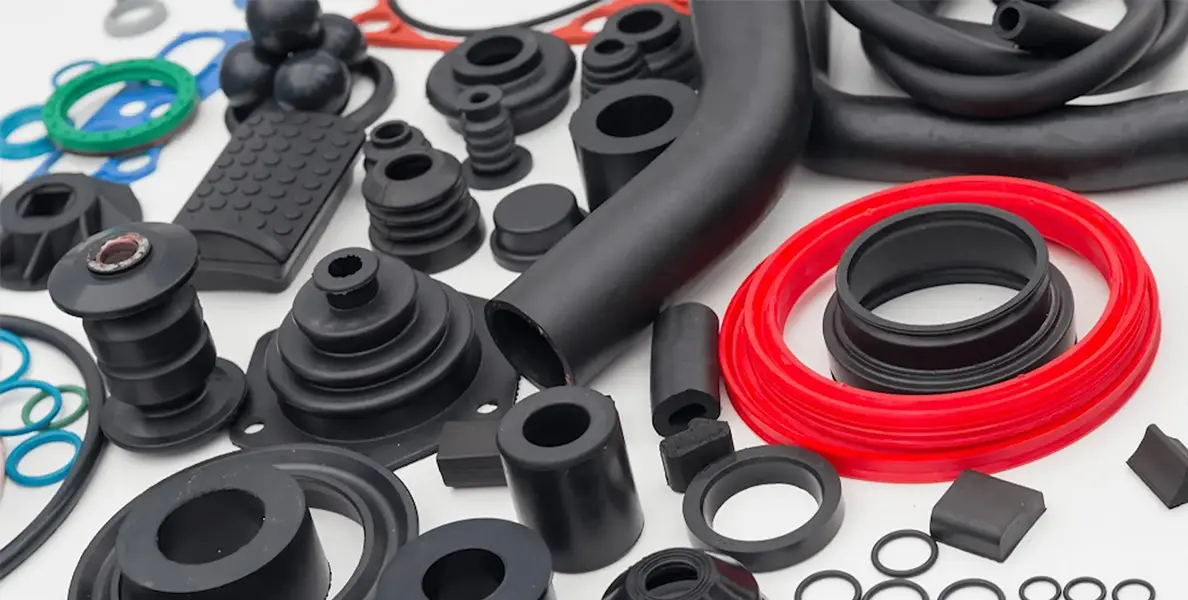
Several key ingredients and components play a crucial role in the manufacturing process.
| Ingredients and Components | Effect |
| Silicone Polymer |
|
| Curing Agents |
|
| Platinum catalyst |
|
| Fillers and Pigments |
|
Pros and Cons of Liquid Silicone Rubber
![]()
After you understand how this material is being made, I believe another question already arises in your mind: What makes it different from other rubbers?
In this part, I’ll introduce you advantages of this material. And I also need to clarify that there’s no perfect material in the world, silicone rubber also has its limitations.
Particularly Advantageous
Flexibility and versatility
This rubber is highly flexible and can be molded into a variety of shapes and sizes, making it ideal for a wide range of applications.
Its versatility allows for complex designs to be easily achieved, offering more design freedom compared to other materials.
High heat resistance
This rubber can withstand high temperatures without losing its integrity, making it suitable for applications where exposure to heat is a concern.
This heat resistance also contributes to the durability of LSR products, ensuring they remain in good condition over time.
Chemical resistance and durability
This rubber is highly resistant to chemicals, making it suitable for use in harsh environments where exposure to corrosive substances is likely.
Its durability ensures that LSR products can withstand the test of time, resulting in longer-lasting and reliable products.
Biocompatibility and medical grade quality
This makes it an ideal choice for medical and healthcare applications. LSR is biocompatible, meaning it is safe for use in contact with the human body.
Its medical grade quality ensures that it meets stringent standards for use in medical devices, making it a trusted material in the healthcare industry.
limitations of LSR Materials
Cost
One of the major weaknesses is its higher cost compared to other types of materials.
The production process of liquid silicone rubber involves more complex machinery and specialized equipment, which can drive up the overall production costs.
This can make it less economical for manufacturers looking to minimize production expenses.
Environmental and regulatory concerns
This rubber can pose environmental and regulatory concerns, especially during the production and disposal processes.
The raw materials used in the production of liquid silicone rubber can hurt the environment if not handled properly.
Additionally, the disposal of products can be challenging, as they may not be easily recycled or biodegradable.
Compatibility issues with certain materials
The rubber may not be compatible with all types of materials, which can limit its application in certain industries.
For example, liquid silicone rubber may not adhere well to certain substrates, leading to issues with product performance and durability.
Manufacturers may need to conduct extensive testing to ensure compatibility with other materials before using liquid silicone rubber in their products.
| LSR Material |
| Advantages | Disadvantages |
| Flexibility and versatility | High Cost |
| High heat resistance | Negative environmental and regulatory impact |
| Chemical resistance and durability | Not be compatible with some materials |
| Biocompatibility and medical grade quality |
Applications of Liquid Silicone Rubber
![]()
Apart from its pros and cons, liquid silicone rubber is also known for its applications across many fields, including medical, automotive, and consumer goods.
In this part, I’ll introduce you to its use in different areas and main products.
Medical industry
Liquid silicone elastomer has become a popular choice for manufacturing parts and components in the medical industry due to its biocompatibility, durability, and flexibility.
Its resistance to bacteria growth and ease of cleaning also makes it a hygienic choice for medical applications.
This material is commonly used in the production of medical devices such as catheters, syringe pistons, seals, and gaskets.
This rubber also can be customized to meet specific requirements such as hardness, color, and transparency, allowing for tailored solutions for a variety of medical devices.
Automotive industry
From airbags to gaskets, this rubber is used in a wide range of automotive components due to its durability, flexibility, and heat resistance.
LSR is ideal for gaskets and seals in engines and exhaust systems. It’s resistant to chemicals and fluids also makes it well-suited for exposure to various substances oriented applicationsresistance.
LSR also produces keypads with highly flexible and customized abilities and buttons for vehicle interiors.
They are known for their durability and resistance to wear and tear, making them an ideal choice for use in vehicles.
Consumer goods industry
The unique properties of LSRS make it ideal for material of choice in a wide range of products, from kitchen utensils to baby products.
LSR’s durability makes it a long-lasting material that can withstand the wear and tear of everyday use.
Its flexibility and resistance to high temperatures also make it an attractive choice for consumer goods manufacturers.
In the kitchenware sector, it is commonly used to make molds for baking pans, spatulas, and other utensils. Its ability to withstand extreme temperatures makes it perfect for use in ovens and microwaves.
In the baby products industry, LSR is often used to make safe and comfortable pacifiers, bottle nipples, and teething toys.
| Application Field | Medical | Automotive | Consumer Goods |
| Nature of Utilization |
|
|
|
| Typical Products |
|
|
|
Conclusion
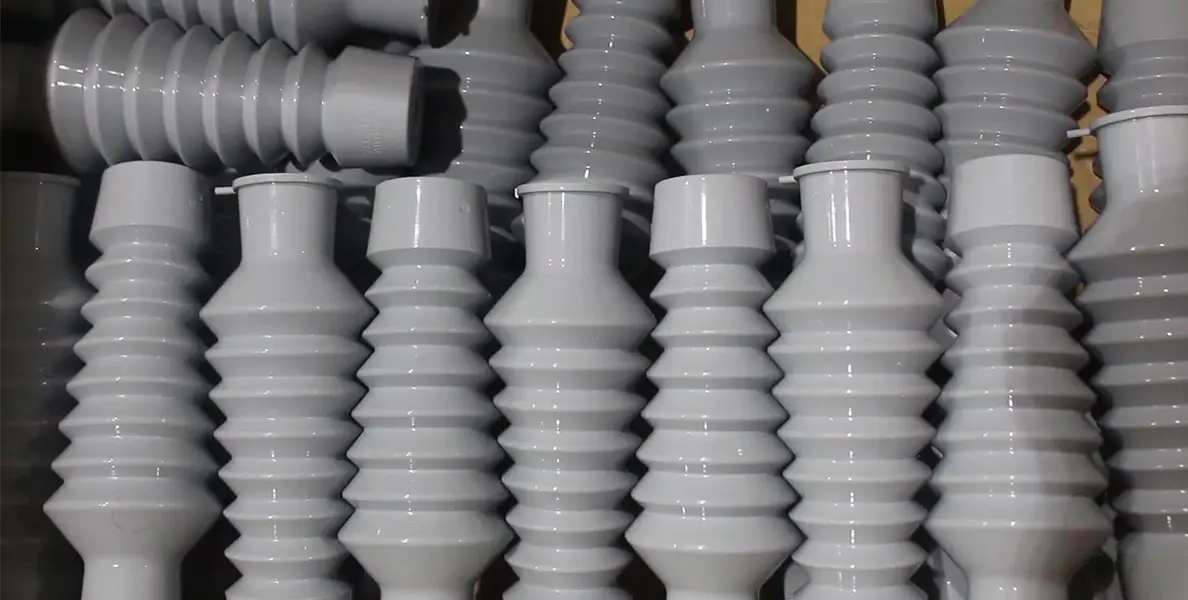
In conclusion, liquid silicon rubber is a versatile material that is widely used in various industries due to its unique properties.
It is manufactured with multiple components, ingredients, and manufacturing processes, has significant strengths and weaknesses, and is widely used in many different industry fields.
Manufacturers should decide the use of this material based on their specific needs and manufacturing requirements.
Where can I buy LSR products?
You can come to XMAKE! As a leading digital manufacturing platform, we serve LSR-related services ranging from liquid injection molding to silicone rubber mold, even customized silicone for DIY!
Frequently Asked Questions
Q1: How is LSR different from other silicone products?
A: LSR is typically a two-part liquid plastic that is mixed and then injected into a mold to create silicone rubber parts, making it ideal for manufacturing processes.
Q2: What is the cure process for LSR?
A: LSR is usually cured through a platinum-cured silicone system, where peroxide is often used as a catalyst to initiate the curing process.
Q3: Can LSR be used for food contact applications?
A: Yes, LSR can be formulated to meet food contact regulations and is safe for use in food-grade silicone products.
Q4: How important is the mix ratio when working with LSR?
A: The mix ratio is crucial when working with LSR to ensure proper curing and consistency in the final silicone rubber parts.
Q5: How is liquid silicone rubber (LSR) different from high-consistency rubber (HCR)?
A: LSR is a liquid mold-making silicone that is injected into molds, while HCR is a solid silicone rubber that is typically processed by compression or transfer molding.
Q6: What are the advantages of using liquid silicone rubber (LSR) for silicone mold making?
A: LSR offers high strength, low-temperature flexibility, excellent tear and tensile strength, and good adhesion properties.
Q7: What is the role of a cross-linker in the formation of LSR?
A: The cross-linker is a key component that helps create a network of silicone chains, providing LSR with its elastomeric properties and enhancing its performance characteristics.
References
- Advantages of thermoplastic rubber and its main classifications. (n.d.). https://www.4006787252.com/article_read_215208.html
- Advantages and disadvantages of tpr thermoplastic rubber (tpr and rubber material which is better)_LIEN INDUSTRY. (n.d.). https://www.linncn.com/1341.html
- Development Status and Prospect of High Performance Synthetic Rubber Materials in China. (n.d.). https://www.engineering.org.cn/ch/article/28694/detail


